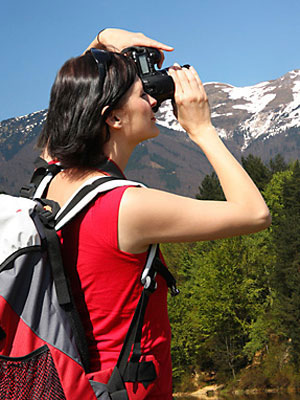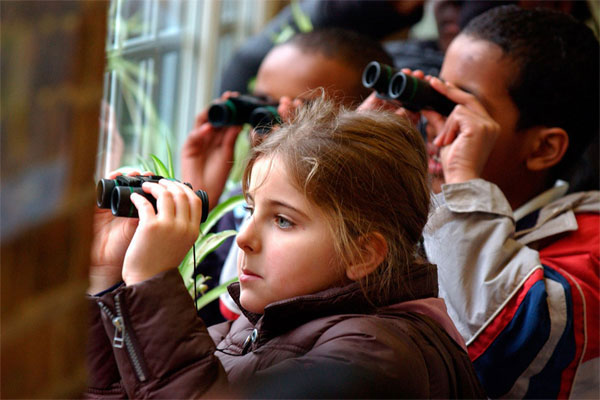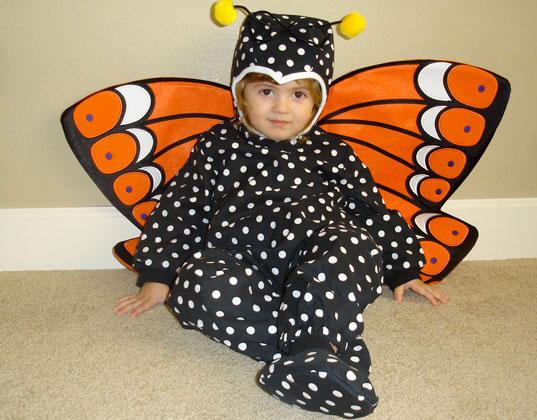Nothing captures the beauty of nature more perfectly than a well taken photograph. Learn how to make nature come alive through your pictures. An outing to a natural environment like a park or sanctuary can thrill people for hours on end. The sheer number of sights can be overwhelming. Since you cannot take the entire park home with you, the next best thing is a photograph to remind you of the lovely time you had. Here are some tips to make sure your photographs truly reflect the wonderful time you had. In this articleDistanceLightSpeedDistance The biggest obstacle to taking a good photograph of a natural surrounding or a wild animal is that in most cases, the subject of your picture is simply too far away. Thus, you have to be able to focus on the subject properly to capture the details. At the same time, you have to make sure that you do not frighten the animal you are trying to photograph. Your own safety is important too. The pursuit of a good photograph should not lead you into a place or situation from which there is no exit. No picture is worth risking your life and limb. You can easily overcome this hurdle though. One of the best ways to ensure your own safety and capture all the details you want is to use a camera with a telephoto lens. This lens is specially designed to capture even minute details of objects that are viewed from far away. A telephoto lens is used mainly by professional photographers though. This is mainly because the lens is expensive. Also, it is heavy to carry around from place to place. If you are an amateur photographer who does not want the hassle of dealing with a complicated telephoto lens, do not worry. Consider investing in a regular camera with a good zoom lens. A zoom lens is good enough to take a picture of a faraway subject although the final outcome will depend on other parameters as well. Light Light is another important variable to consider while taking your photograph. For daytime shots, sunlight is the best possible light source. However, the position of the sun also determines if your photograph will capture the object the way you intended it to. If the light source is too bright, and is directly over your subject, it will produce a shadowy effect. This may work to your advantage if you are taking a shot of some scenery. However, it could be disastrous if you were aiming to capture a shot of an animal. The best time to take outdoor pictures is usually early in the morning or late in the afternoon. At these times, you will usually be focussing on subjects with the sun behind you. This means you get enough light to capture your subjects and also avoid the shadow effect. Use the flash feature sparingly for outdoor shots. Taking pictures using flash is an unwise decision as you will not be able to capture the necessary details. Also, using flash is not recommended while photographing animals. The flash startles them and they will either run away or charge at the source of the flash. Speed When capturing moving objects like a bird in flight, the shutter of your camera needs to be quick enough to adjust to the different movements. For this, you would need to use a camera in which you can manually adjust its shutter speed. Shutter speed varies from 1/125th of a second for mammals to 1/500th of a second for birds. These speeds are indicative of the time it takes to keep the focus trained on your moving subject. Along with shutter speed, it is also necessary that your camera film be able to keep pace as a picture is taken. For taking pictures of a moving object, a film speed of 400 is recommended. This will ensure that the object does not appear blurred or indistinct when your film is developed. The main thing to remember though when photographing nature is to be patient. Sometimes, a few seconds can make all the difference between a perfect shot and an average one. The quality of your pictures will improve considerably only after a lot of effort and practice.
Nothing captures the beauty of nature more perfectly than a well taken photograph. Learn how to make nature come alive through your pictures. An outing to a natural
environment like a park or sanctuary can thrill people for hours on end. The sheer number of sights can be overwhelming. Since you cannot take the entire park home with you, the next best thing is a photograph to remind you of the lovely time you had. Here are some tips to make sure your photographs truly reflect the wonderful time you had.
Distance
The biggest obstacle to taking a good
photograph of a natural surrounding or a wild animal is that in most cases, the subject of your picture is simply too far away. Thus, you have to be able to focus on the subject properly to capture the details. At the same time, you have to make sure that you do not frighten the animal you are trying to photograph. Your own safety is important too. The pursuit of a good photograph should not lead you into a place or situation from which there is no exit. No picture is worth risking your life and limb.
You can easily overcome this hurdle though. One of the best ways to ensure your own safety and capture all the details you want is to use a camera with a telephoto
lens. This lens is specially designed to capture even minute details of objects that are viewed from far away. A telephoto lens is used mainly by professional photographers though. This is mainly because the lens is expensive. Also, it is heavy to carry around from place to place.
If you are an amateur photographer who does not want the hassle of dealing with a complicated telephoto lens, do not worry. Consider investing in a regular camera with a good zoom lens. A zoom lens is good enough to take a picture of a faraway subject although the final outcome will depend on other parameters as well.
Light
Light is another important variable to consider while taking your photograph. For daytime shots,
sunlight is the best possible light source. However, the position of the sun also determines if your photograph will capture the object the way you intended it to. If the light source is too bright, and is directly over your subject, it will produce a shadowy effect. This may work to your advantage if you are taking a shot of some scenery. However, it could be disastrous if you were aiming to capture a shot of an animal.
The best time to take
outdoor pictures is usually early in the morning or late in the afternoon. At these times, you will usually be focussing on subjects with the sun behind you. This means you get enough light to capture your subjects and also avoid the shadow effect.
Use the flash feature sparingly for outdoor shots. Taking pictures using flash is an unwise decision as you will not be able to capture the necessary details. Also, using flash is not recommended while photographing animals. The flash startles them and they will either run away or charge at the source of the flash.
Speed
When capturing moving objects like a bird in flight, the shutter of your camera needs to be quick enough to adjust to the different movements. For this, you would need to use a camera in which you can manually adjust its shutter speed. Shutter speed varies from 1/125th of a second for mammals to 1/500th of a second for birds. These speeds are indicative of the time it takes to keep the focus trained on your moving subject.
Along with shutter speed, it is also necessary that your camera film be able to keep pace as a picture is taken. For taking pictures of a moving object, a film speed of 400 is recommended. This will ensure that the object does not appear blurred or indistinct when your film is developed.
The main thing to remember though when photographing nature is to be patient. Sometimes, a few seconds can make all the difference between a perfect shot and an average one. The quality of your pictures will improve considerably only after a lot of effort and practice.
































